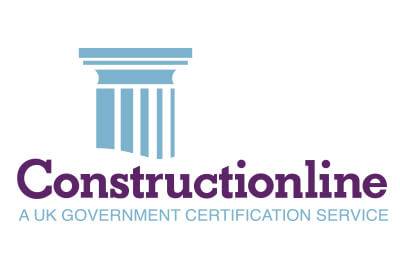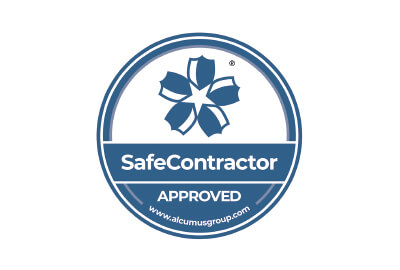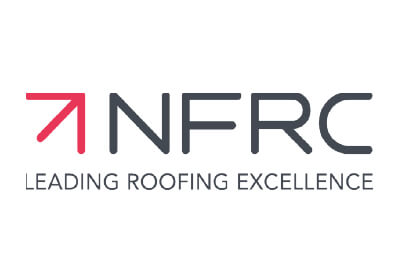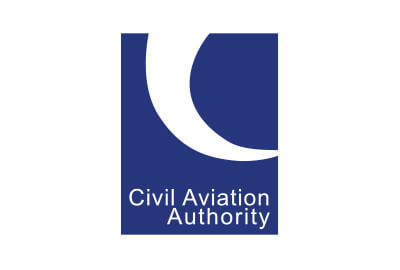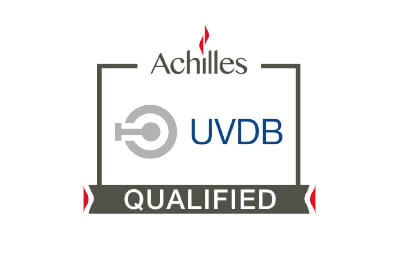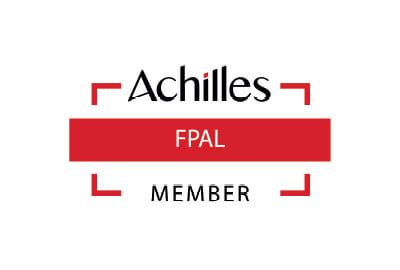The UK’s unpredictable weather can have a dramatic effect on your roof, especially during strong winds and storms. While many people worry about water ingress or leaks, wind damage on a roof can be just as destructive and costly if left unchecked.
At Balmore Specialist, we’re often called out after storms to assess roofing storm damage, and one thing is clear: different roofing materials respond differently to wind exposure. In this guide, we’ll explore how various roof types hold up in strong winds, the common signs of wind damage to a roof, and when to call for a roof survey to assess the full extent of the problem.

Understanding Wind Damage on a Roof
Before diving into materials, it’s important to understand how wind causes damage. Strong gusts don’t usually rip off entire roofs, instead, they exploit weaknesses.
Wind can:
- Uplift tiles, slates, or roofing membranes
- Loosen flashing, ridge caps, or chimney stacks
- Create suction points on flat roofs
- Drive rain under roofing layers, leading to hidden leaks
- Cause debris to strike and puncture roof coverings
These types of damage aren’t always immediately visible, which is why many homeowners only realise the problem when a leak appears, or after a professional roof leak survey.
How Wind Affects Different Roofing Materials?
Each roofing type reacts differently to wind. Here’s how the most common materials in UK homes and commercial properties fare during high winds.
Slate Roofing
Slate roofs are a popular choice for their durability and classic aesthetic. However, individual slates can be vulnerable to wind uplift if nails have rusted or if there’s poor fixing.
Common wind damage to slate roofs:
- Dislodged or cracked slates
- Rattling during strong gusts
- Water ingress through lifted areas
Tip: Regular roof surveys help identify loose or cracked slates before they become dangerous.
Concrete or Clay Tiles
Typical issues with tiled roofs during windstorms:
- Slipped or missing ridge tiles
- Cracked mortar joints
- Broken interlocking clips
- Gaps allowing water ingress
While concrete tiles are heavier and more stable, clay tiles can be more brittle and susceptible to chipping or cracking under pressure.
Tip: Consider upgrading ridge tiles to dry ridge systems for better wind resilience and reduced maintenance.
Asphalt Shingles
More common in North America, but still found on some UK properties, asphalt shingles can be easily damaged by high winds due to their lightweight nature. Wind can lift them from the edges, creating a domino effect where entire rows become dislodged.
Signs of wind damage on shingle roofs:
- Curling or lifting shingles
- Missing granules or bald patches
- Torn corners and cracked tabs
Tip: If you have a shingle roof, an annual roof condition survey is a wise investment, particularly after storms.
Metal Roofing (Zinc, Steel, Aluminium)
Metal roofing systems are popular in modern architecture and industrial properties for their durability and clean design. However, they are highly susceptible to noise, vibration, and sheet lifting if not fixed with the correct fasteners and spacing.
Wind risks with metal roofing:
- Panel edge uplift
- Fixing point failure
- Vibrations causing loosening over time
- Leaks at seams or overlaps
If you’ve experienced recent strong winds or hail, it’s vital to inspect for wind and hail damage to the roof, especially on metal installations. Our team provides detailed assessments and can advise if you need wind damage roof repair or full wind damage roof replacement.
Tip: Metal roofs require precision installation. If you hear whistling or rattling during high winds, get a metal roof survey done by our metal roofers immediately.
Flat Roofing Systems (Felt, EPDM, GRP)
Flat roofs are especially prone to wind damage when not installed or maintained properly. Wind can get beneath loose sections of felt or membrane, lifting large areas and compromising the waterproof layer.
Flat Roof Wind Damage Includes:
- Blistering or bubbling
- Detached corners or flashing
- Water pooling due to distorted surfaces
- Torn or uplifted membrane seams
Wind damage flat roof cases often go unnoticed until interior leaks become visible. That’s why we recommend regular flat roof surveys, especially after a storm or seasonal weather change.
Tip: EPDM and GRP are more wind-resistant than traditional felt, but all flat roofs benefit from regular inspections, especially before and after storm season. Whether you manage a commercial site or own a home with a flat extension, arranging an independent roof survey can detect subtle damage early.
Spotting the Signs of Wind Damage to a Roof
Not all wind damage is obvious. After a storm, take a moment to look out for the following:
- Loose or missing tiles or shingles
- Watermarks or new damp patches on ceilings
- Debris or roofing materials around your property
- Sagging roofline or visible bulges
- Rattling or whistling sounds from the roof during wind
If any of these are present, it’s time to contact a roof surveyor near you to assess the full impact, and we at Balmore specialist can help you with that.
What to Do If You Suspect Wind Damage?
After severe weather, the smartest move is to request a professional roof survey. This will determine the scale of the problem and whether you need a roof repair, full wind damage roof replacement, or simply minor maintenance.
The good news is that most wind damage is preventable with the right approach. At Balmore Specialist, we offer a range of roof surveying services designed to spot weak points before they become expensive repairs.
Protect Your Roof with:
- Thermal imaging surveys to detect hidden leaks or heat loss
- Drone surveys to inspect difficult-to-access areas safely
- Rope access roof surveys for close-up inspections without scaffolding
- Roof condition surveys for ongoing maintenance planning
- Emergency inspections following wind or storm events
What Does a Roof Survey Cost?
Roof survey cost depends on several factors, such as property size, roof type, and access complexity. At Balmore Specialist, we offer clear and competitive pricing for:
- Domestic properties
- Listed buildings
- Industrial & commercial buildings
- Flat and metal roof systems
Request a quote today. We’ll tailor our services to your building and budget.
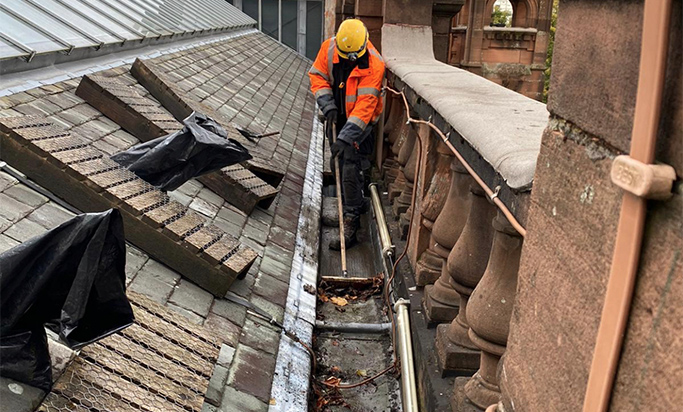
Need Help? Speak to a Roof Surveyor Near You
If you’ve experienced a recent storm or suspect wind damage, don’t delay. Contact Balmore Specialist for a professional roof survey, complete with drone, thermal, or flat roof inspection capabilities.
Looking for an independent roof surveyor near you? We operate across Glasgow, Edinburgh, Aberdeen, and throughout Scotland, helping protect what matters most.





